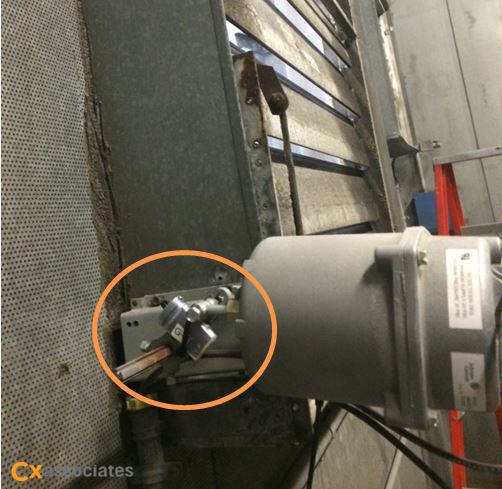June 2022 update: Given the current supply chain and labor shortages the construction industry is facing in 2022, looking after your building's existing systems becomes even more important. With equipment delivery for major systems sometimes many months away, retrocommissioning your existing systems can help tune them up to keep them in tip-top shape to get more usable -- and efficient -- life out of them.
When people ask me what I do for work, I generally tell them I’m a building systems engineer, with a big focus on making facilities more energy efficient and comfortable for occupants. One common part of my job entails going to a building to perform an energy audit or assessment. During these visits, we follow the same straightforward outline:
- Walk through the site
- Inventory all energy-related equipment including lighting, mechanical systems, building envelope, etc.
- Speak with the building operator about how they run the building
- Ask the building owner, occupants, and operator about and any issues or concerns they have regarding maintenance, equipment that is not working properly, or comfort problems.







